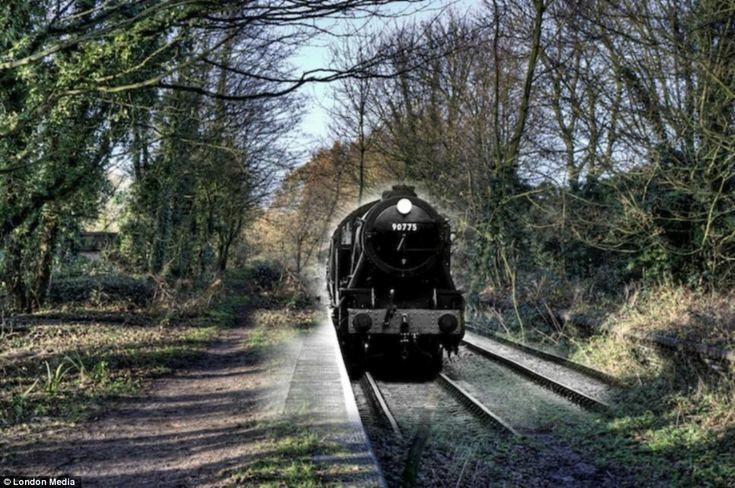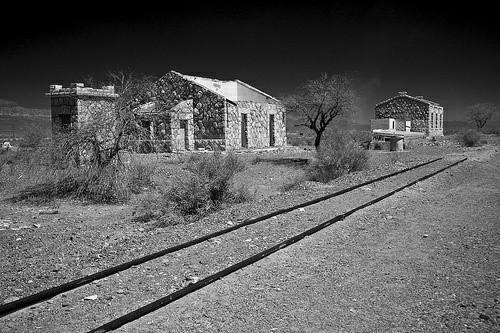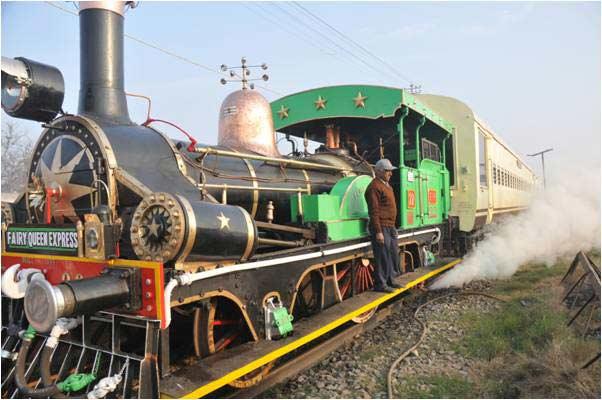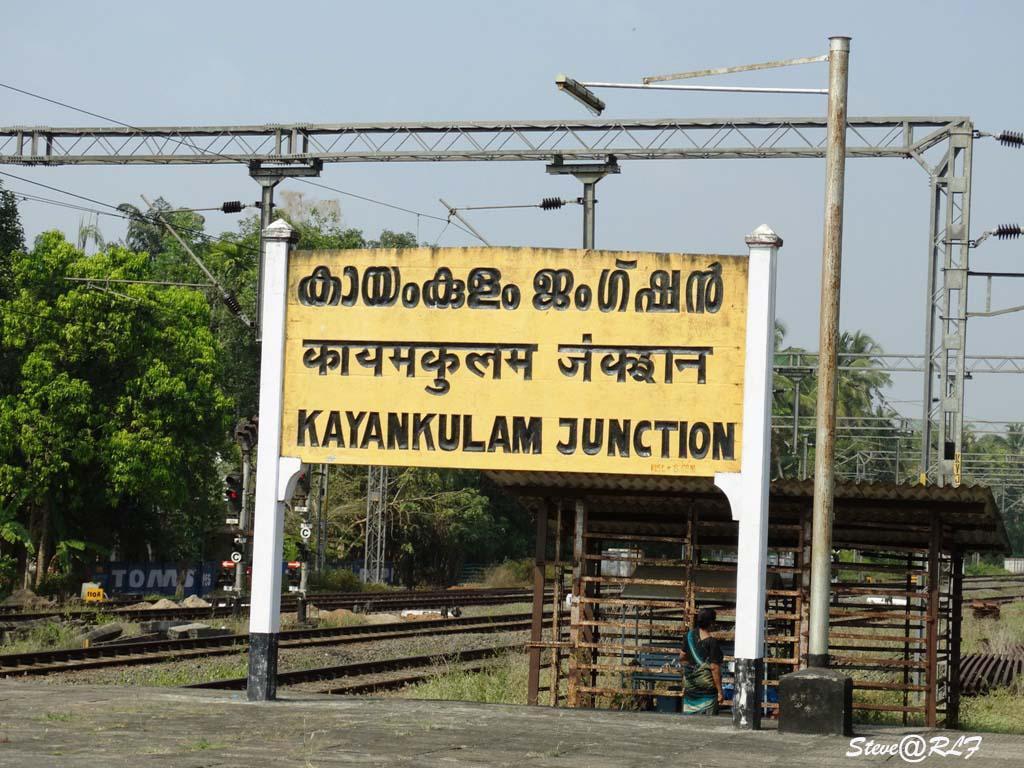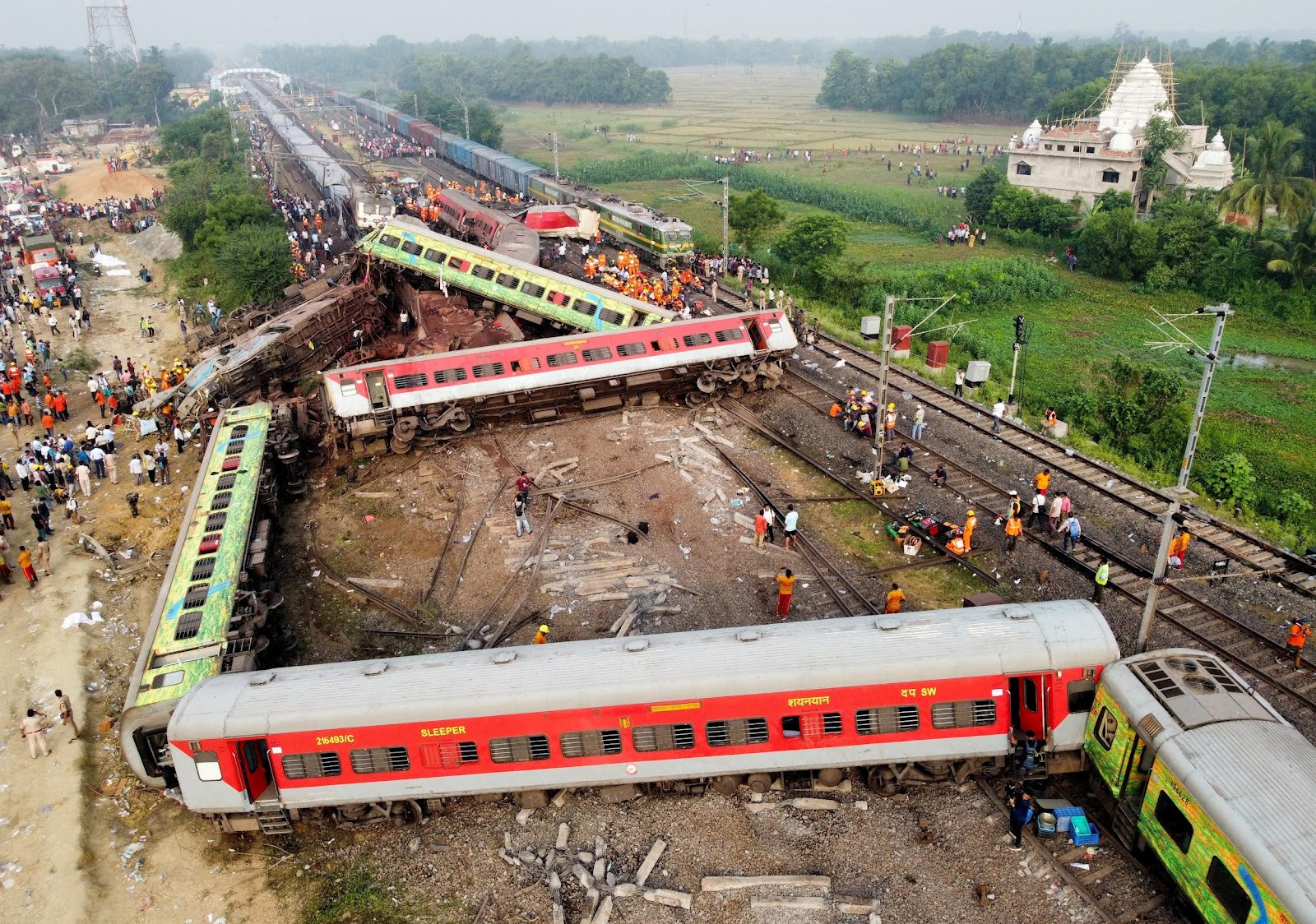Southern Railway Chief Oversees Infrastructure Projects in Two-Day Visit
The latest update on Ms Jaya Varma’s two-day visit to Southern Railways evaluating a few ongoing railway redevelopment projects TEXT: B. GUGANESAN, CHIEF PUBLIC RELATIONS OFFICER, SOUTHERN RAILWAYS Embarking on a two-day visit to Southern Railway, Ms. Jaya Varma Sinha, Chairperson & CEO of Railway Board, is overseeing a thorough evaluation of ongoing infrastructure and station redevelopment projects. On February 20, 2024, Ms. Jaya Varma Sinha commenced her visit in Madurai, engaging in a specialised window trailing inspection via a special train from Madurai to Mandapam. Accompanying her were key figures such as Shri Alok Kumar Mishra, Executive Director (Mechanical, Transportation), Railway Board, Shri R.N. Singh, General Manager, Southern Railway, Shri Amit Kumar Manuwal, Chief Administrative Officer, Construction Organisation, Chennai Egmore, Shri N. Sreekumar, Principal Chief Operating Manager, Shri Desh Ratan Gupta, Principal Chief Engineer, along with other officers and staff of Southern Railway. Inspection of Pamban Bridge & Dhanushkodi: The Railway Board Chairperson & CEO inspected the upcoming Pamban Bridge structure and held a brief meeting with Rail Vikas Nigam Limited (RVNL) officials and held discussions on the status of the new bridge construction works. Shri Pradeep Gaur, Chairman and Managing Director, Rail Vikas Nigam Limited, New Delhi, Shri.B.N.Singh, Principal Executive Director, Rail Vikas Nigam Limited, New Delhi and Shri B.Kamalakara Reddy, Chief Project Manager, Rail Vikas Nigam Limited, Chennai participated in the review meeting. The Chairperson & CEO emphasised safety and sustainability in bridge construction which is crucial for ensuring uninterrupted connectivity. Following this, the inspection of Dhanushkodi was done with focus on the scope of Rameswaram – Dhanushkodi New line project. Inspection of Rameswaram & Madurai Station Redevelopment works: Later, the Chairperson conducted inspection of Rameswaram station redevelopment works and offered suggestions for improvement. On arrival at Madurai, Ms. Jaya Varma Sinha conducted a comprehensive review of Madurai Junction redevelopment works and exhorted the officials for time bound completion of the project. ░



